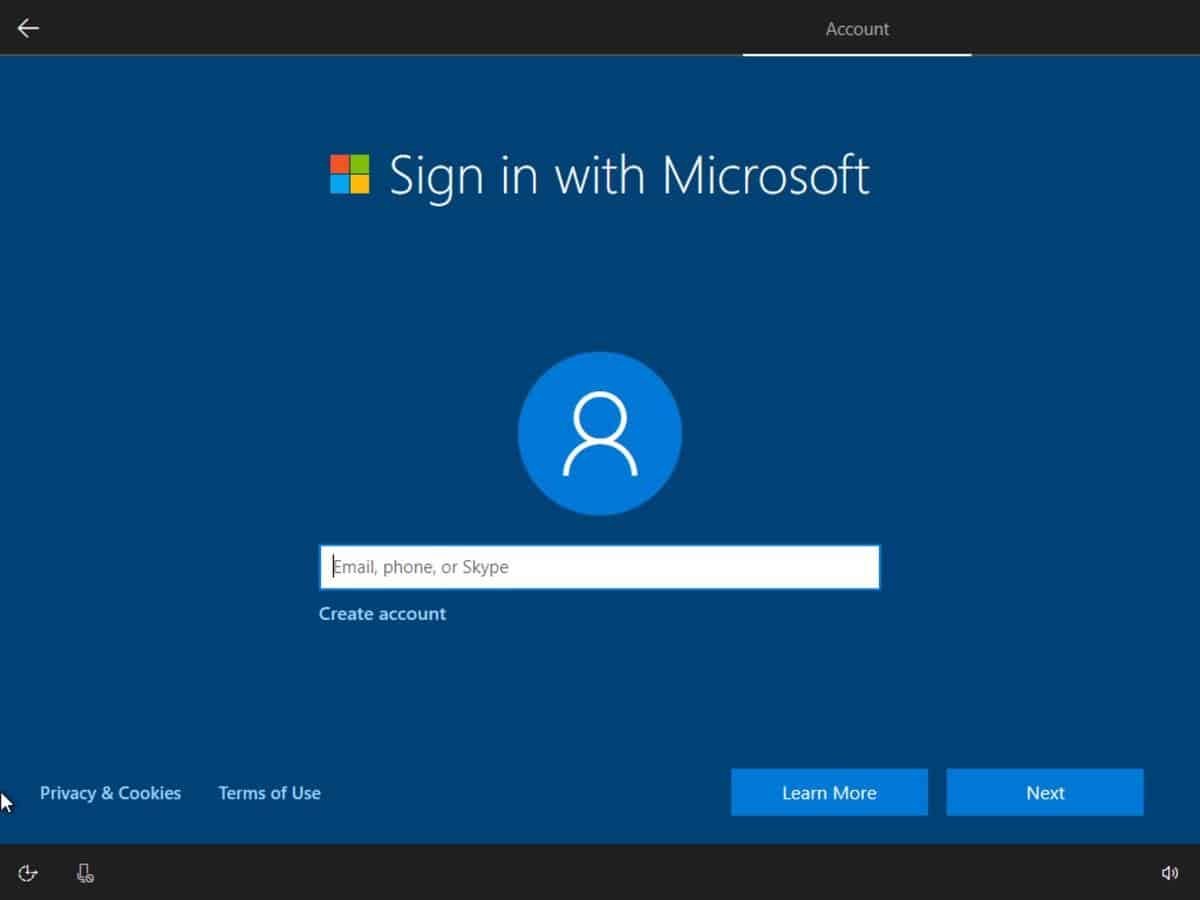The installation of Windows 10 without a Microsoft account seems to be getting more and more difficult as Microsoft has enabled a rather controversial option for more people users worldwide.

A change discovered in Windows 10 last year made it much more difficult to set up the operating system with a local account, since Microsoft prefers that we all have an account on company to connect to functional our system.
So any Windows 10 device connected to the Internet will no longer have the option to create a local account when setting up the operating system, but will ask users to sign in or create a Microsoft account.
Using a Microsoft account for Windows 10 brings a number of benefits, such as synchronization options, but on the other hand, there are many who do not want to use this method. But starting last year, creating a local account is not so easy.
Because Internet-connected devices had only one option in the Windows 10 configuration that required you to create a Microsoft account, the solution was to disconnect the computers from the Internet.
If no Internet connection is detected, then Windows 10 installation displays an option to create one local account.
The German by clicking here Dr. Windows he says that this approach is currently being used in other countries as well, since Microsoft initially imposed it only in the United States. Despite the criticism, Microsoft decided to stick to this idea, as it wants more and more people to use Windows 10 with a Microsoft account.
For now, as mentioned above, the easiest way to set up a local account when setting up Windows 10 is to simply disconnect your device from the Internet.





